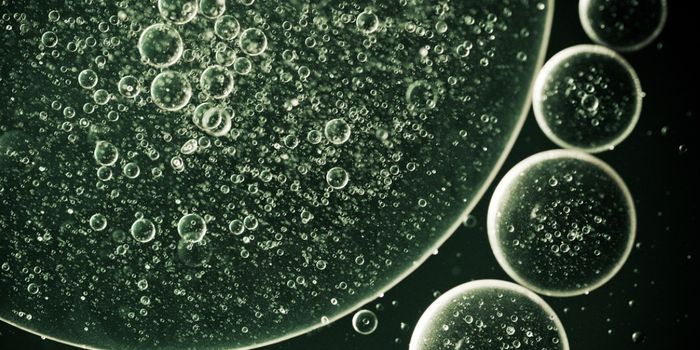The Domains of Life may Have More in Common Than was Thought
Life as we know it has been classified into three domains - Archaea, Bacteria, and Eukarya. The first two domains include single-celled organisms that do not have a nucleus, and there were thought to be many differences between the three groups. New work has called that assumption into question, however. Ariel Amir, Assistant Professor in Applied Mathematics at the Harvard John A. Paulson School of Engineering and Applied Sciences (SEAS) has spent the last several years investigating how cell size is regulated, and there are shared features underlying that control among the domains.
Previous work by Amir and colleagues has determined that bacteria, as modeled by E. coli, and eukaryotes, exemplified by yeast, utilize the same cellular mechanisms to create cells of a uniform size in a population.
In new work reported in Nature Microbiology, Amir, along with Ethan Garner, the John L. Loeb Associate Professor of the Natural Sciences at Harvard, Amy Schmid, Assistant Professor of Biology at Duke University and others showed that the same tools are used by archaea.
"These findings raise really interesting questions about how cellular mechanics evolved independently across all three domains of life," said Amir. "Our results will serve as a useful foundation for, ultimately, understanding the molecular mechanisms and evolution of cell cycle control."
Archaea are notoriously challenging to work with; they naturally grow in some of the most extreme environments on the planet like oil wells, hot springs, and briny lakes. As such, they are not easy to cultivate in a laboratory, and little is known about them.
"Archaea are unique because they blend a lot of the characteristics of both bacteria and eukaryotes," said the first author of the work, Dr. Yejin Eun. "Archaea resemble bacterial cells in size and shape but their cell cycle events—such as division and DNA replication—are a hybrid between eukaryotes and bacteria."
The investigators used a microbe called Halobacterium salinarum, an example of a salt-loving extremophile that is a member of the Archaea domain. They found that H. salinarum adds a constant volume between two events that occur in the cell cycle, which regulates its size just as bacteria and budding yeast do. However, the researchers also observed that H. salinarum don’t do the job as precisely as E. coli does. As a result, there was increased variability in growth and cell division than what was seen in bacterial cells.
"This research is the first to quantify the cellular mechanics of size regulation in archaea," said Amir. "This allows us to quantitatively explore how these mechanisms work, and build a model that explains the variability within the data and the correlations between key properties of the cell cycle. Eventually, we hope to understand just what makes this cellular mechanism so popular across all domains of life."
Learn more about the domains of life from the video.
Sources: Phys.org via Harvard University, Nature Microbiology









